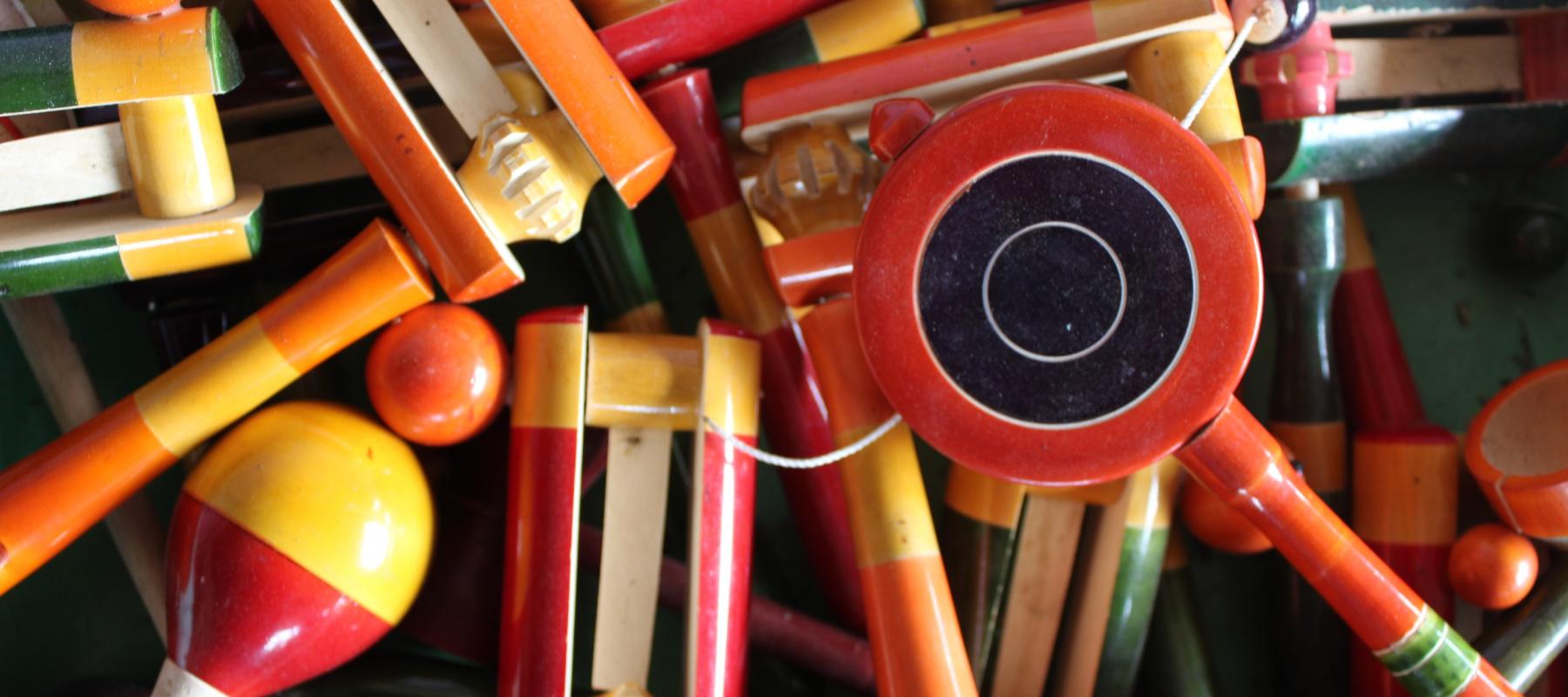The tradition of making toys in The Indian subcontinent dates back to the Indus Valley Civilisation. Over the ages, toys have been made with clay, terracotta, cloth and wood, later on, paper and other materials were used. Recently, Prime Minister Narendra Modi called upon the country to become a global toy hub and stressed the need become ‘vocal for local toys.’ In this blog, we bring you 5 traditional toys in India that you must know.
- Thanjavur Golu Dolls
Thanjavur in Tamil Nadu is famous for its dancing bobble-headed dolls. These dolls emerged under the patronage of the Nayaka and Maratha rule—around the 17th century—in Tanjore (now Thanjavur), which was once the capital of the Chola empire. There are two types—the Raja Rani bommai and the “urutu bommai”. While the Raja Rani bommai dolls depict the Maratha King Serfoji II and his consort, the “urutu bommai” is a pair of rocking dolls with hemispherical bases. As part of Golu or Koluvu (Dussehra) these dolls are displayed and worshipped in most south Indian homes during the nine-day festival of Navratri, which culminates with Dussehra.These dolls also have got the GI tag in 2009.
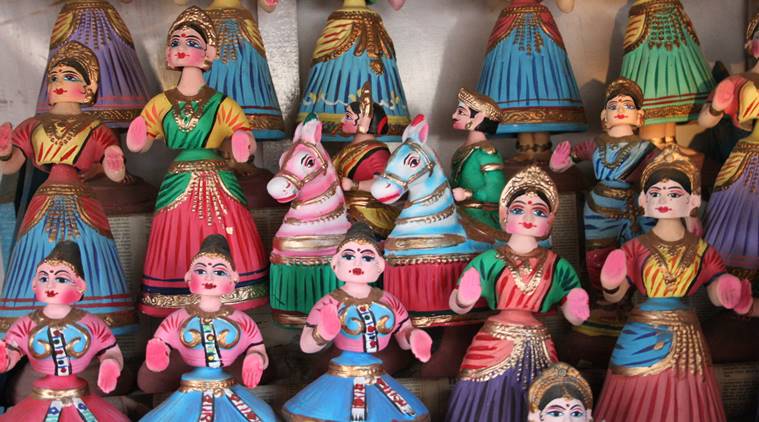
- Channapatna Toys
Channapatna in Karnataka is known as the ‘Land of Toys’. This 200-year-old art form, has The World Trade Organization’s Geographical Indication which gives the artisans exclusive rights to sell their toys under the Channapatna name. Tipu Sultan (1782 -1799), is credited to make these toys globally popular. One of the most unique features of these toys is how safe they are for children. The colours used are made of non-toxic paints so that even infants and young children can play with them.
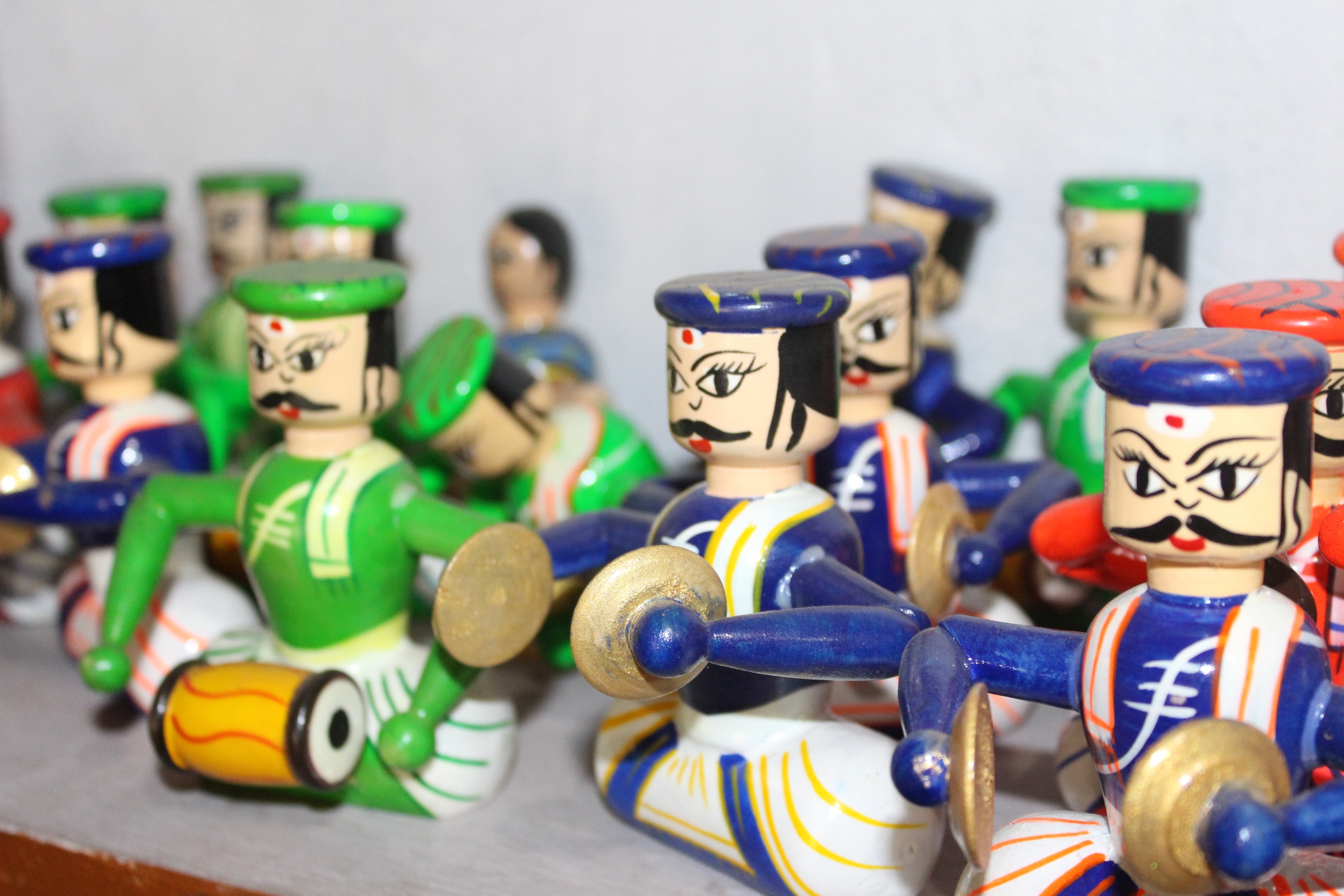
- Laiphadibi
The Manipuri word for doll is Laiphadibi. It is made up of two words: lai, which means god and phadi, which means a shabby piece of cloth. The last syllabi, bi, denotes the feminine gender. So, laiphadibi is a feminine image of god, made from shabby clothes. They are treated as living spirits with feelings. These dolls are integral to certain rituals also. If a person dies on nongmapanba (the first day of the month as per the lunar calendar) or tatnaba (inauspicious days), two dolls are placed on their grave after the funeral.
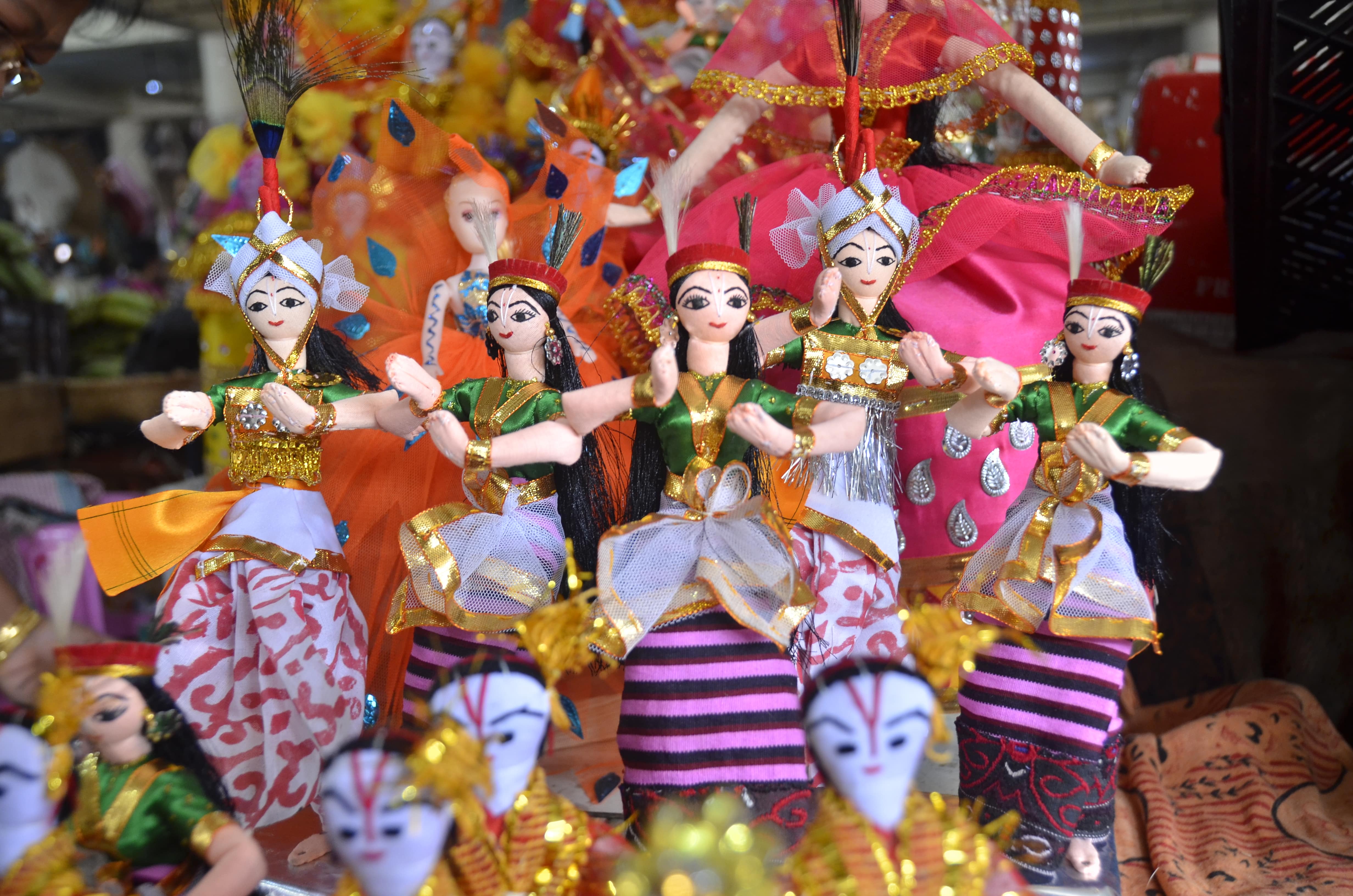
- Kondapalli Toys
Kondapalli toys are made in Vijaywada, Andhra Pradesh. These toys are made of soft wood called Tella Poniki that's procured from the adjacent hills of Kondapally. These toys are made from a combination of different pieces. So, every toy is made up of several small pieces each of which is made separately and then glued using an adhesive made of tamarind seeds. The range of toys includes animals, birds, deities, village folk and scenes from marriages and the ten incarnations of Vishnu.
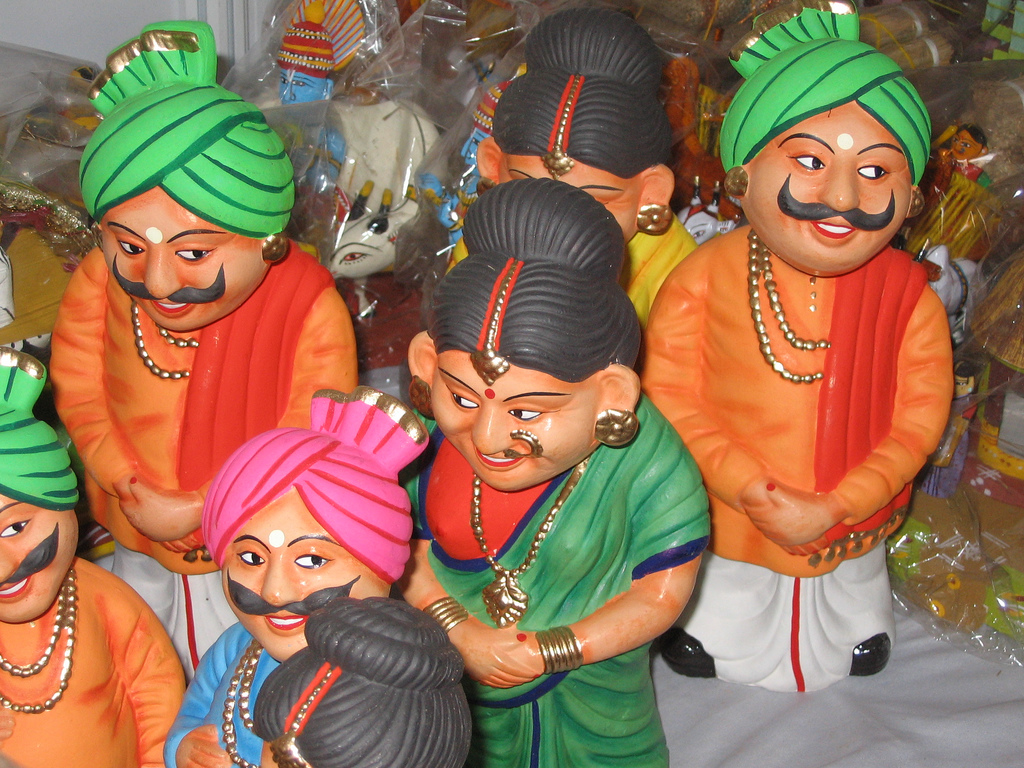
- Asharikandi Terracotta Toys
Asharikandi located near Dhubri in Assam is known its for terracotta toys. During the monsoon season of Ashar, heavy rainfall causes flood in this low lying area. They cannot make, dry up, burn and store safely their products during the rainy season. The potters have to face a lot adversities during this time. Thus from the name of this rainy season (Ashar) and the shedding of tears by the potters (Kandi), the place has been named as “Asharikandi”. The Hatima Putul, a toy of a mother with elephant-like ears with a baby on lap, is perhaps the best example.
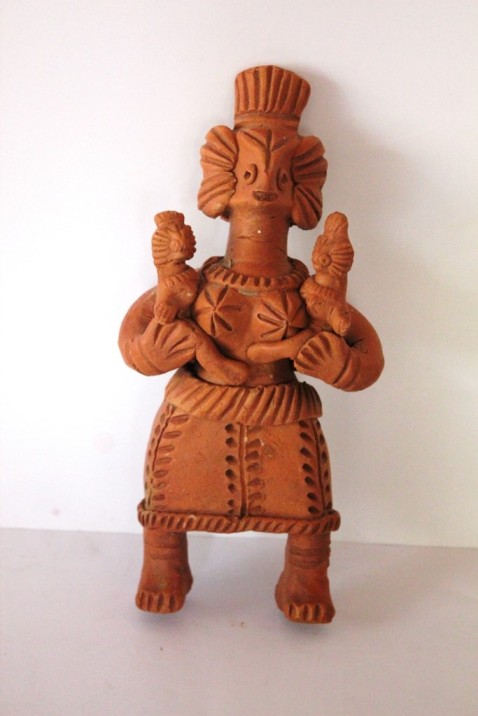
(Cover Image by- Manasa Gowda & Ram Raj D)
